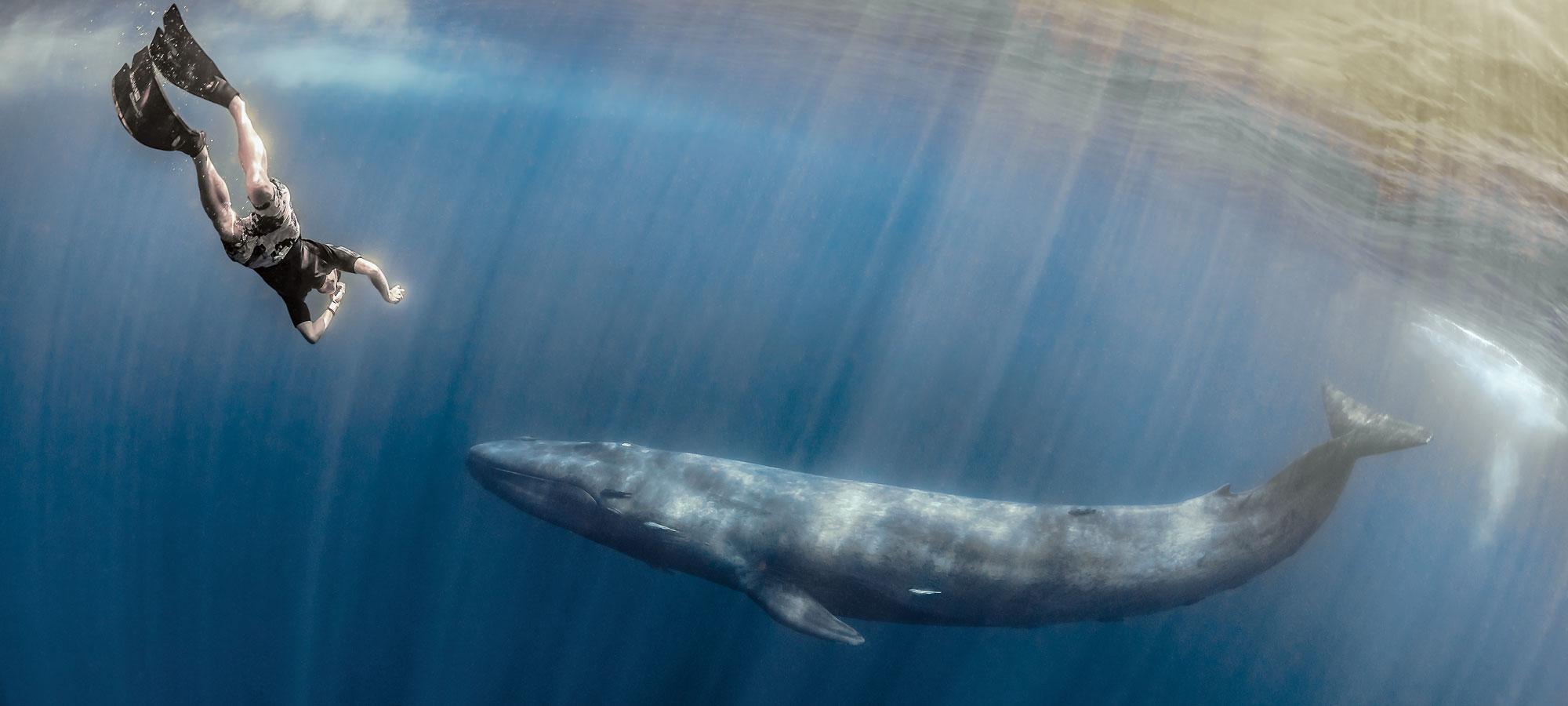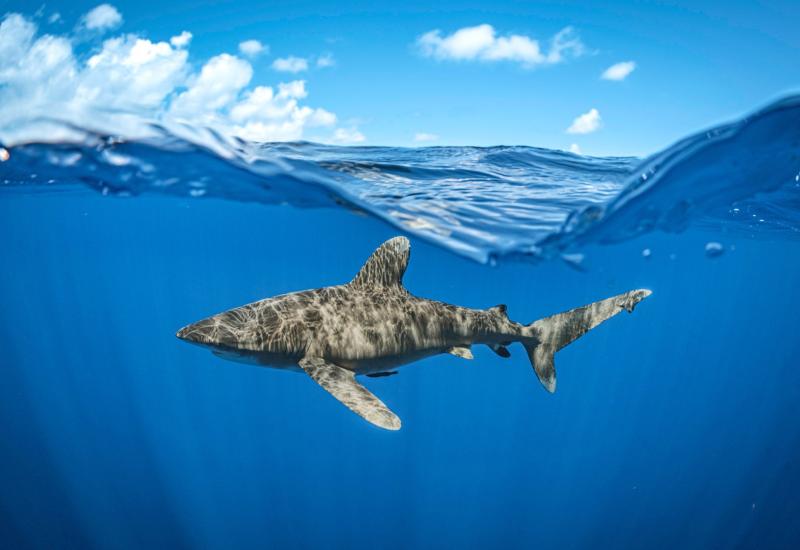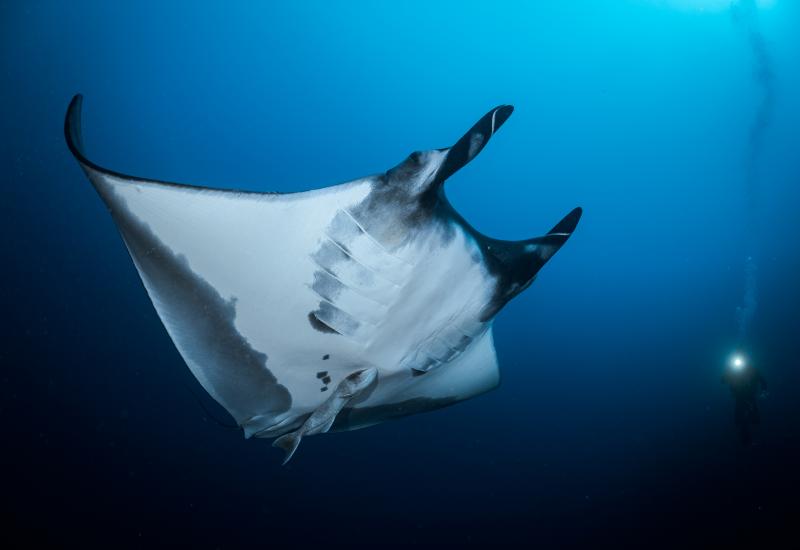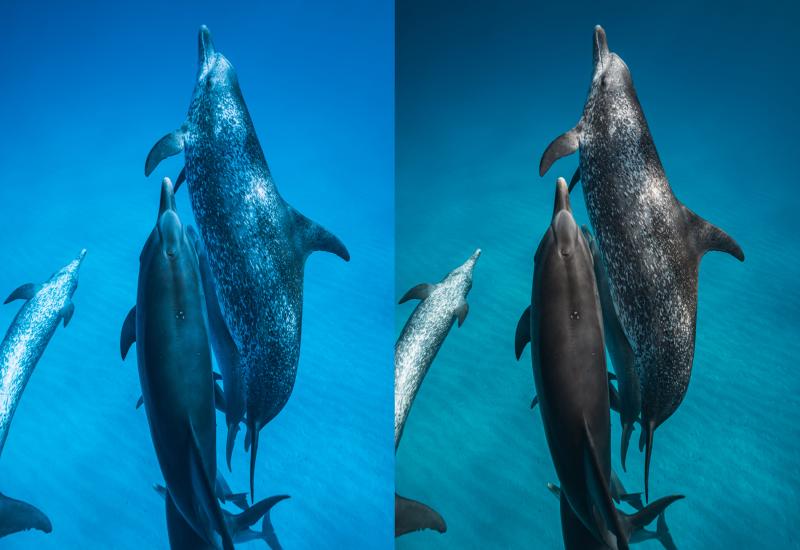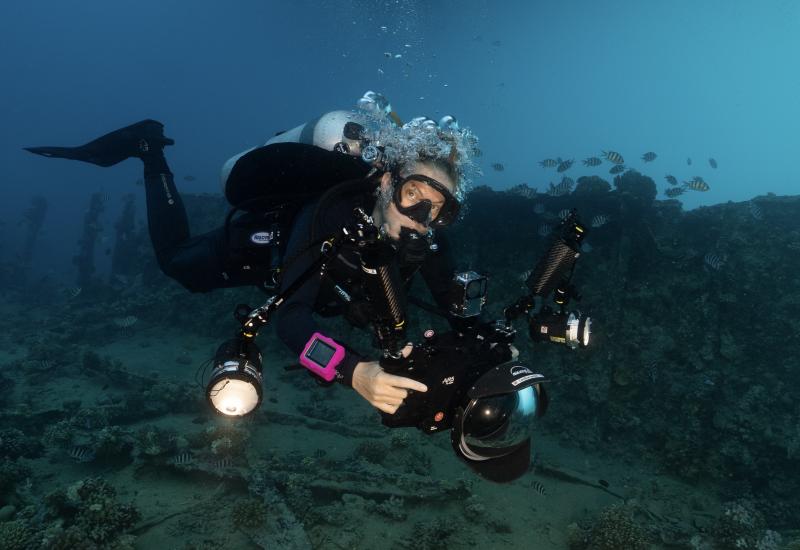The Island of Giants: Swimming with Blue Whales in Sri Lanka
There is an undeniable power to being in the presence of a giant—something that completely overwhelms your sense of being. In Sri Lanka, an island nation roughly the size of Ireland off the southeast coast of India, you can see nature’s greatest examples: the elephant and the blue whale. Visitors can travel to the island’s north region and witness the world’s largest Asian elephant gathering—the Sri Lankan elephant is a subspecies of the Asian elephant, slightly smaller than the African elephant yet a wonder to behold. Off the south of the island, pygmy blue whales feed in the deep, nutrient-rich trenches offshore. But all over the island a different type of giant is felt, that of a rich culture that shares common ground with Indian, South- east Asian and European peoples, with a beautiful emphasis on music and visual arts.
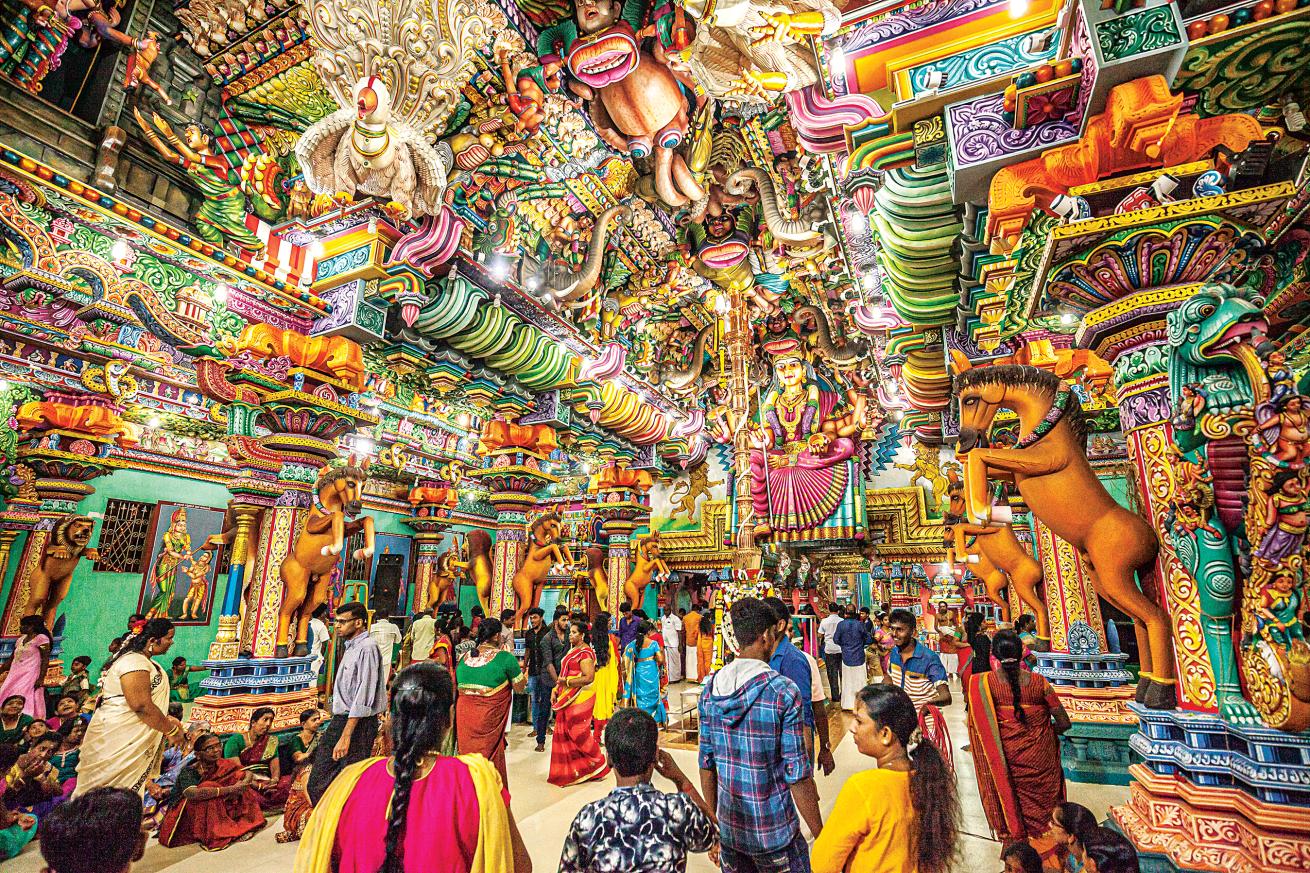
Tobias FriedrichBuddhism is Sri Lanka's official religion.
A VISUAL FEAST
Buddhism is the nation’s official religion—with about 70 percent of the population claiming it in a 2011 census—but the presence of Hinduism is felt. This is clear in the Pathirakali Amman Temple in Trincomalee, which is dedicated to the goddess Bhadrakali. The temple displays imagery of lions, horses and elephants in a dizzying array of colors. Its date of origin is unknown, although it traces to at least the 11th century.
A RELIGIOUS EXPERIENCE
Local buses deliver travelers to a fascinating site: the Rangiri Dambulla Cave Temple. This UNESCO World Heritage Site is a Buddhist monastery and series of five cave shrines, with painted murals and 157 statues. Home to Buddhist monks since the third century B.C., this site is known as one of the most notable Buddhist complexes in southern Asia. The statues inside vary in subject and size, including a reclining Buddha in the first cave that stretches more than 40 feet in length.
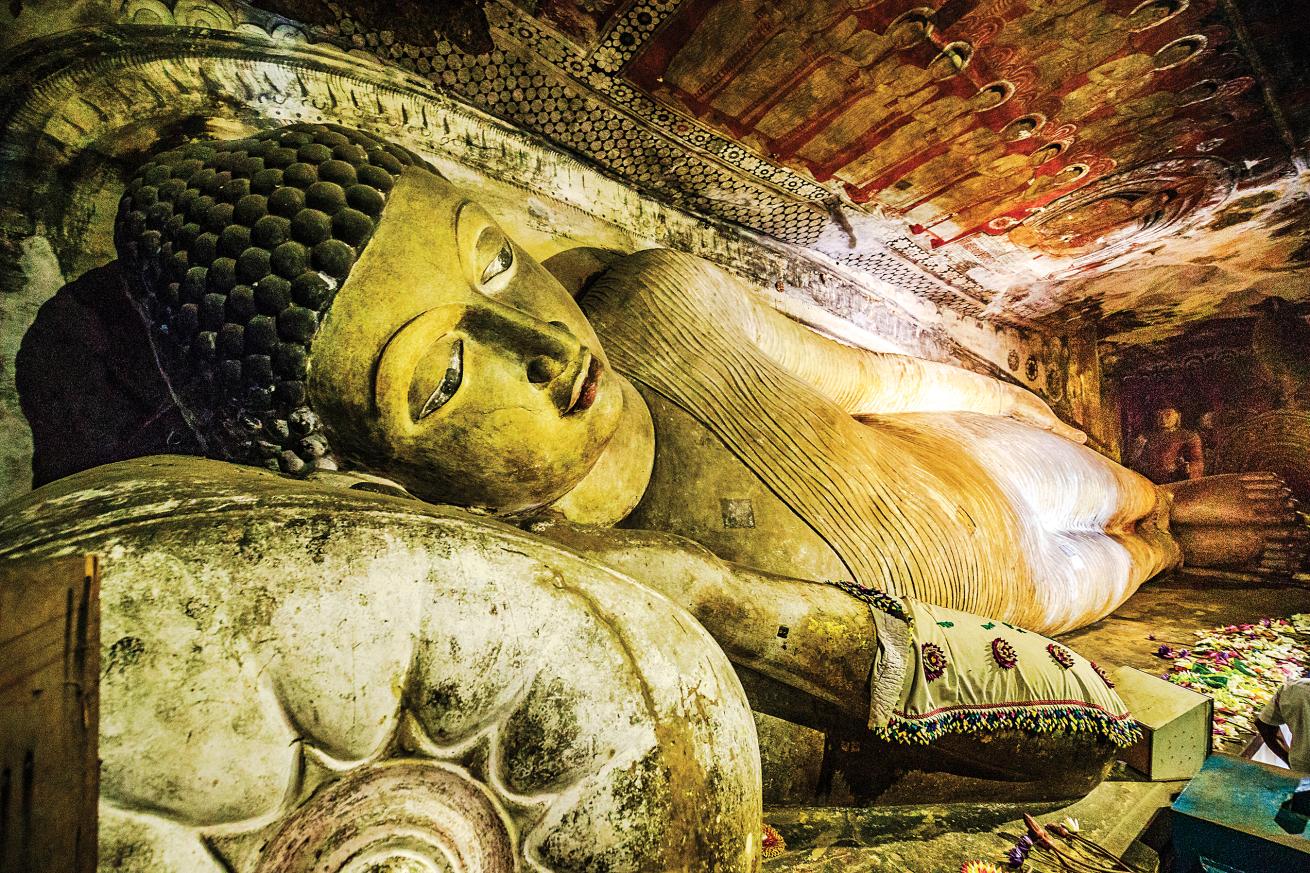
Tobias FriedrichRangiri Dambulla Cave Temple
JUMBO PYGMIES
Sri Lanka may be one of the most reliable places on Earth to see blue whales, but these creatures are shy and deceptively fast, with the ability to reach speeds of 30 mph. Here, you find the pygmy blue whale (Balaenoptera musculus brevicauda), although the name is misleading as it can grow to 78 feet in length and weigh up to 140 tons. These mammoths enjoy the tasty microorganisms in the deep trenches off the coast of Trincomalee. Boats scan the water here for the whales; when they hit the jackpot, freedivers must carefully enter the water and cause little disturbance to maximize time with these majestic mammals.
ALL YOU CAN EAT
These waters are an ideal resting place for blue whales—100-plus rivers rinse rich minerals into the water, which in turn attracts countless microorganisms for the whales to feed on. Blue whales filter food through their baleen plates, and can eat up to 40 million krill per day. Peak season for the blue whales is from February to May, but these waters are also home to sperm whales starting around mid-March.
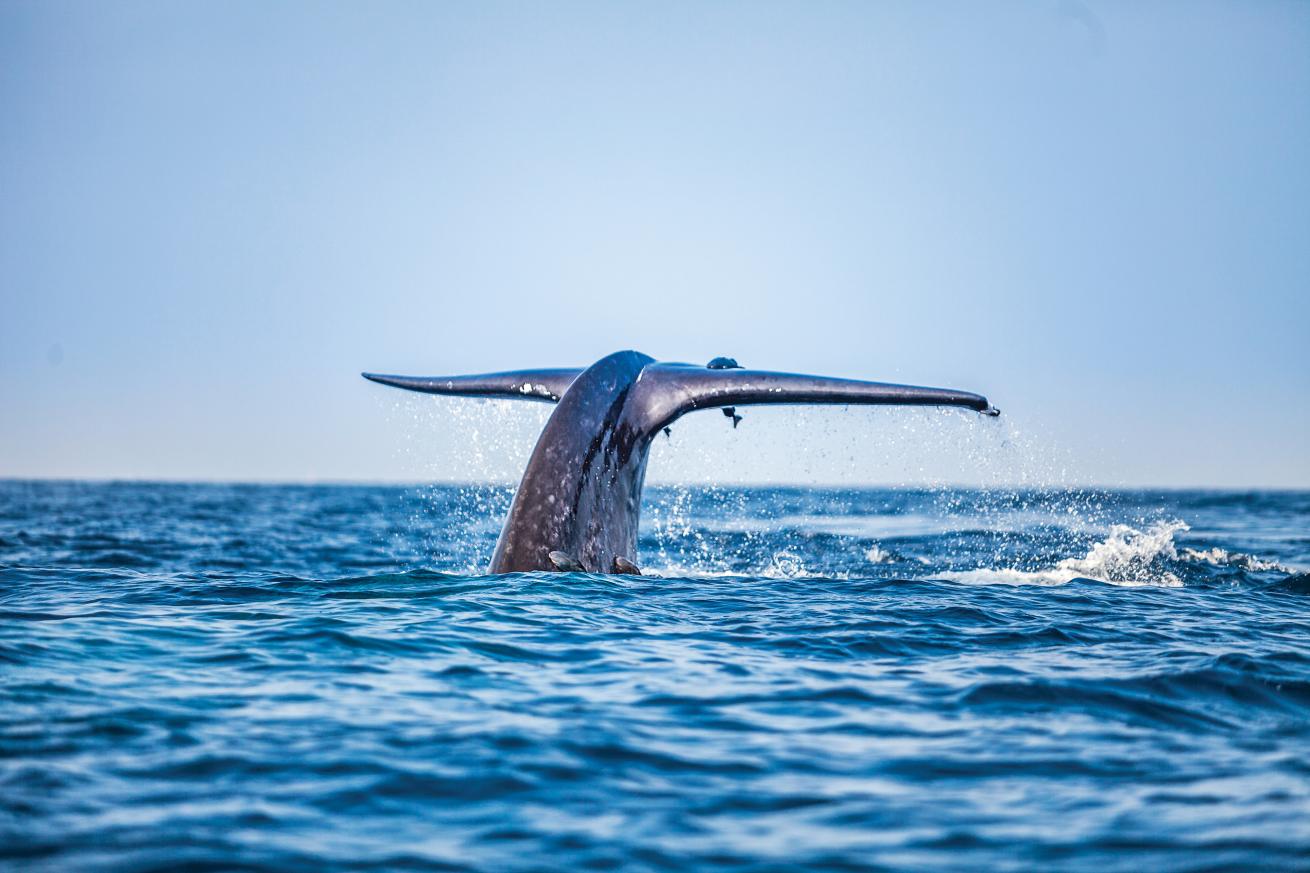
Tobias FriedrichFreedivers must carefully enter the water and cause little disturbance when interacting with blue whales in the water.
NEED TO KNOW
WHEN TO GO Blue whales can migrate great distances in a year, but their exact patterns and locations are not clear. There is some presence of blue whales off Sri Lanka year-round, but the best time to see them—because of the density of whales, water temperature and clarity—is February through May, with March and April being the prime time.
DIVE CONDITIONS The city of Trincomalee is on the northeast coast of Sri Lanka. During peak whale season, the water temperature averages in the mid- to high 80s F, and visibility can be as far as 100 feet. It’s important to maintain composure and strictly follow the rules of local operators to avoid upsetting the whales and extend your time with the giants.
TRAVEL TIP Tack on an extra week to explore the untamed beauty of the Sri Lankan interior. Stay at the Aggressor Safari Lodges in the north near Wilpattu and Minneriya national parks to see elephants, leopards, crocodiles and more in the parks, and take an excursion to Monkey Kingdom to see primates in their natural habitat.
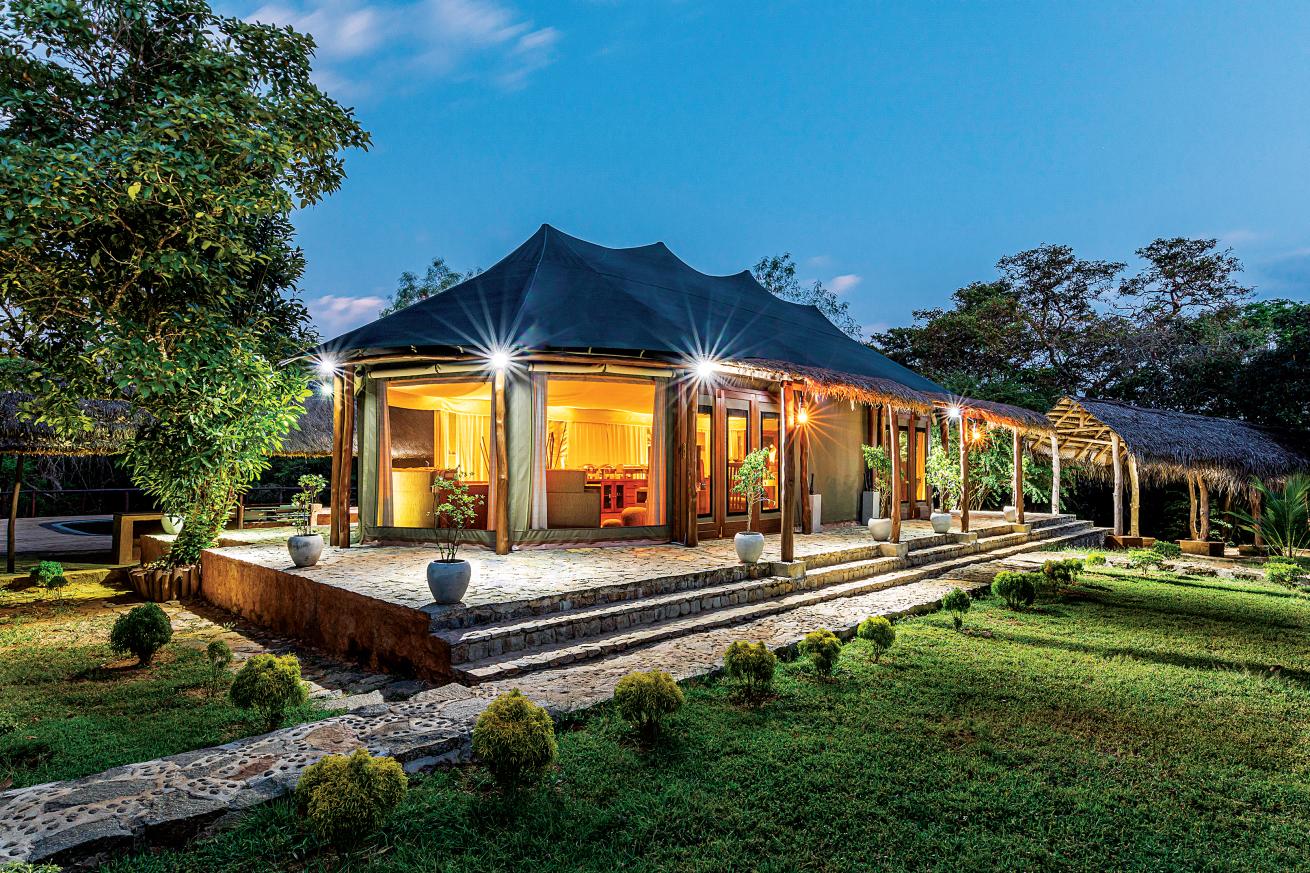
Tobias FriedrichSri Lanka Aggressor Safari Lodge
OPERATOR Find a list of local PADI shops and resorts at locator.padi.com, some of which offer whale-watching and snorkel tours.
HOW TO VET AN OPERATOR Blue whales are fast for their size, but responsible tourism practices are crucial to ensure the whales remain safe and return for years to come. Ask these questions of your operator before booking: Is there an expert guide on board? Is there a cap on the number of snorkelers per trip? Does the captain always approach the whale slowly and from the side? Does the captain avoid corralling the whale with other boats? Does the guide encourage divers to approach the whale calmly and discourage chasing them?

